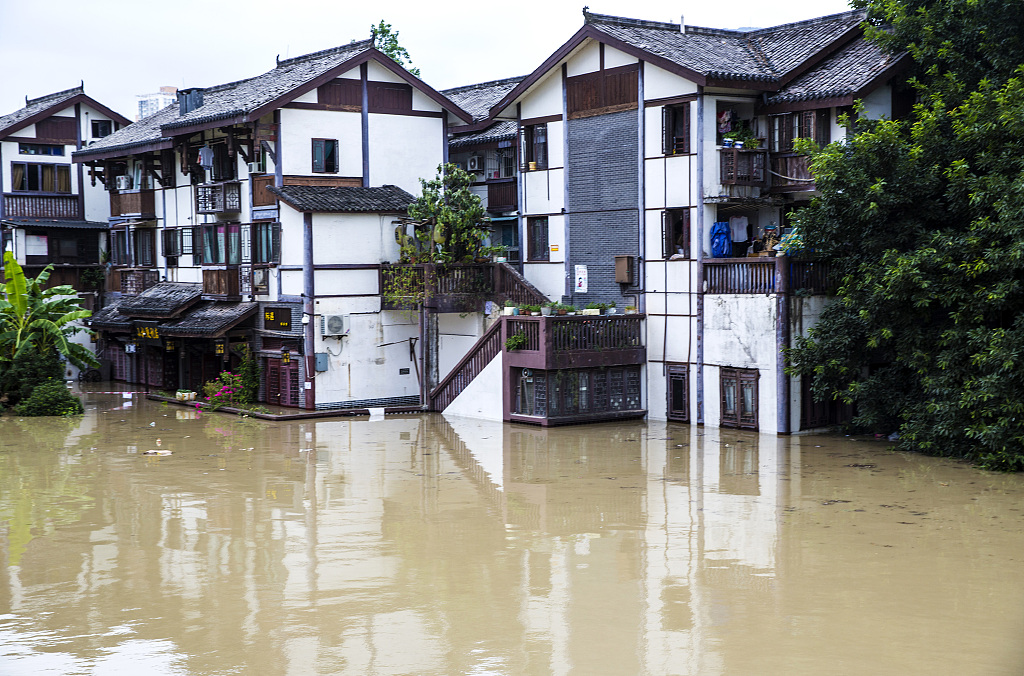Extreme weather events will occur more frequently in China as a result of global warming, something the country is particularly vulnerable to, meteorologists said following a record-setting spell of rainy weather in June and July.
Data from the National Climate Center show the Yangtze River Basin has seen about 54 percent more rain than average for two months, while the Huaihe River Basin had about 43 percent more.
The heavy rain in June and July, which caused flooding in many parts of China, was the longest lasting among records dating back to 1961.

Flooded Huaihe River. /VCG
Flooded Huaihe River. /VCG
Some regions had 30 percent of their average annual rainfall in just one day, and many places, including Lu'an in Anhui province and Poyang county in Jiangxi province, have set rainfall records in the past two months.
"In general, the climate this year is pretty extraordinary," said Jia Xiaolong, deputy head of the center.
He said the continuous heavy rainfall occurred against the backdrop of global warming, which had caused the number of rainstorm days in China to increase by an average of 3.9 percent every 10 years for the past six decades.
This year, the Indian Ocean has seen its temperature rise above normal, causing a stronger subtropical high to affect China. Meanwhile, active cold air from the north has met warm air in the south, resulting in frequent heavy rainfall, he said.

Flooding strikes Chongqing Municipality after consecutive rainy days. /VCG
Flooding strikes Chongqing Municipality after consecutive rainy days. /VCG
Wang Pengling, a senior engineer at the center, said that due to its large latitudinal span and range of landforms, China has complicated climate types and is especially vulnerable to climate change.
China has witnessed a temperature rise averaging 0.24 C per decade since the 1950s, significantly higher than the global average rise during the same period, Wang said. The World Meteorological Organization said in a report released in September that the global average temperature has increased by 1.1 C since 1880.

On August 19, 2020, tea trees growing in Hangzhou City in east China's Zhejiang Province were burnt by sunlight during unusually high temperatures. /VCG
On August 19, 2020, tea trees growing in Hangzhou City in east China's Zhejiang Province were burnt by sunlight during unusually high temperatures. /VCG
"China's ecologically fragile areas overlap with populous areas to a great extent, which further intensifies disaster risks brought by climate change," Wang said.
He called for more research on how extreme weather leads to disasters to better inform the public of the risks.
"Research findings indicate that global warming will continue," Wang said. "Under high emission scenarios globally, both the frequency and intensity of rainstorms in China will increase, raising the risks of floods. Low-carbon lifestyles should be encouraged worldwide, and cities need to enhance their adaptability to climate change."
(Original editor: Li Hongyang)
(Cover image via VCG)
(If you want to contribute and have specific expertise, please contact us at nature@cgtn.com.)
Source(s): China Daily